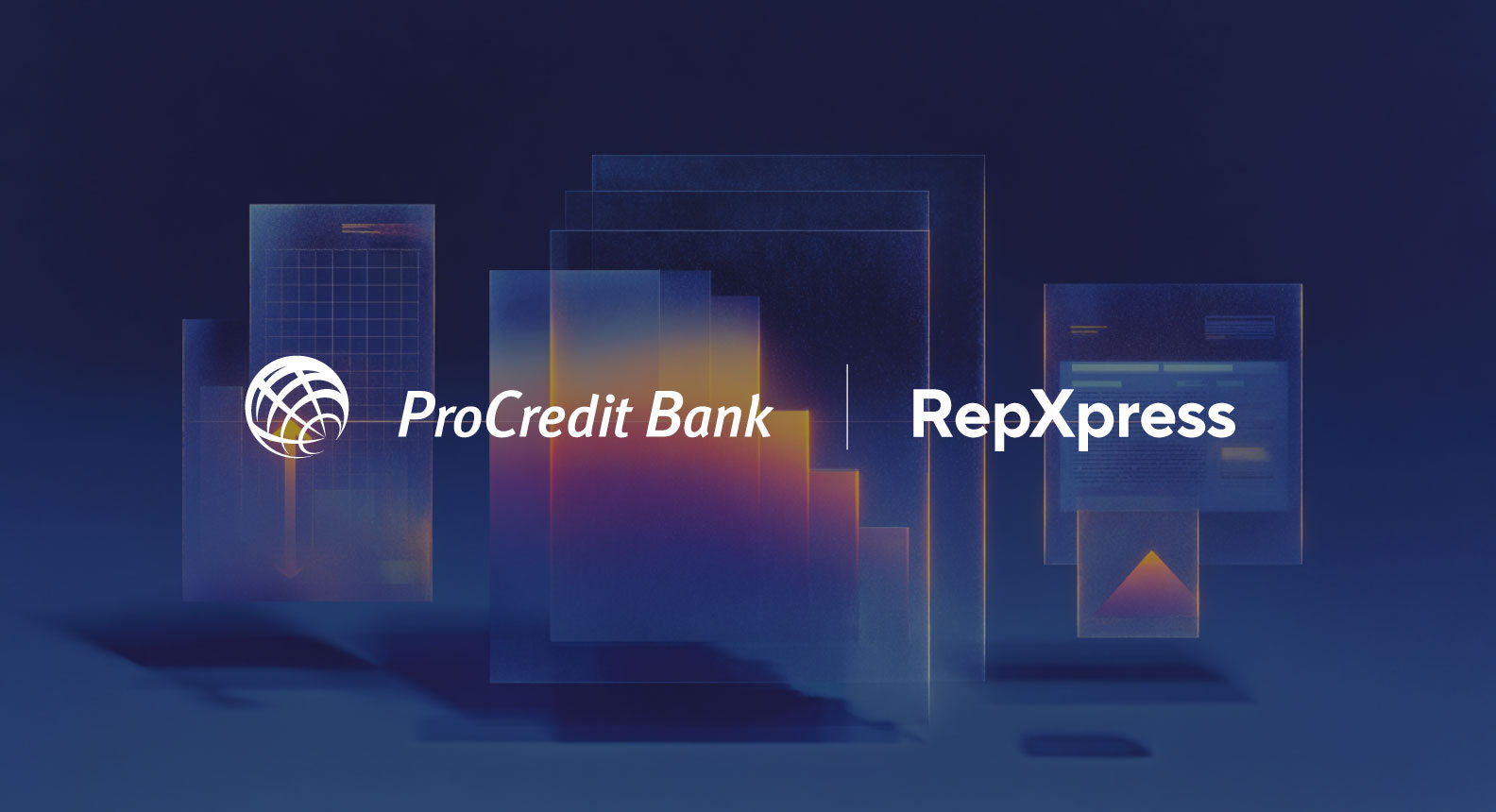Web 3.0 in Financial Services: Transforming a Buzzword into a Game-Changer for Banks
The internet has come a long way since its inception in the late 20th century. From its early days as a simple way to share information, it has transformed into a powerful platform for communication, commerce, and community building. Today, we stand on the cusp of a new era in the evolution of the internet, one that promises to deliver a more decentralized, secure, and intelligent web – Web 3.0.
The transition from Web 1.0 to Web 3.0 is a natural evolution of the Web, and the era of Web 3.0 is no longer just a buzzword. The transition from Web 1.0 to Web 2.0 took over a decade, and the full realization of Web 3.0 may take longer.
From Web 1.0 to Web 3.0: An Overview
The first iteration of the internet, Web 1.0, was a one-directional platform where information flowed from the website to the user. Despite being a significant breakthrough in its era, allowing anyone to publish content and reach a large audience – it lacked search engines, making it challenging to navigate web content. Information and web pages could only be found through directories on which users have relied.
Web 2.0 transformed the web into a two-way street, enabling users to actively participate in creating and searching web content. It introduced new layers of interactivity, such as real-time communication with websites, online payments and e-commerce. Web 2.0 was also the facilitator for the rise of social media and the ability to actively participate in the web, such as leaving reviews, comments, and likes and receiving personalized recommendations based on online behaviour. This was a major milestone in the evolution of the internet, and it has profoundly impacted how we live and work.
Web 3.0, also known as the Semantic Web, represents the next evolution of the Internet. It is powered by a combination of cutting-edge technologies such as blockchain, artificial intelligence (AI), machine learning (ML), and augmented reality (AR), among others. The decentralized nature of Web 3.0 promises to deliver a more transparent and secure environment, while its intelligent systems will provide users with personalized three-dimensional experiences based on their online behaviour.
Implications for Financial Services
The forthcoming Web 3.0 boom will offer an advantage to most FinTech companies, but traditional banks and institutions must catch up quickly. To do this, they must form collaborations with innovative FinTechs and invest in IT and R&D teams. Financial institutions must start by investing and strengthening their in-house tech capabilities and collaborating with trusted IT partners to adopt Web 3.
-
Decentralized finance (DeFi) Decentralized finance is a new financial system that operates on blockchain technology, allowing users to conduct financial transactions without intermediaries. This is a significant departure from traditional finance, where banks and other centralized institutions play a crucial role in the financial system. DeFi enables peer-to-peer transactions, making it possible for individuals to access financial services directly without having to go through a middleman. For example, DeFi applications allow users to lend and borrow funds, trade cryptocurrencies, and access insurance services. DeFi can potentially disrupt traditional financial services, as it gives users greater control over their assets and privacy.
-
Privacy-focused transactions In the traditional financial system, transactions are recorded on centralized ledgers, making them vulnerable to hacking and privacy breaches. With Web 3, transactions can be conducted privately and securely on a decentralized ledger, eliminating the risk of data breaches. This is particularly important for financial transactions, which often involve sensitive personal information. In Web 3, users have the ability to transact anonymously, improving their privacy and security.
-
New asset classes Web 3 also enables the creation of new asset classes, such as non-fungible tokens (NFTs). NFTs are unique digital assets, like artwork or music, that can be bought, sold, and traded. This opens up new possibilities for investment and asset ownership, as individuals can now own unique digital assets that cannot be replicated. NFTs are stored on a decentralized ledger, allowing users to retain ownership and control over their assets.
-
Digital identity In Web 3, users have control over their digital identity, making it possible to verify their identity without relying on centralized institutions. This can improve the efficiency and security of financial transactions, as users can authenticate their identity directly without having to go through a middleman. Digital identity also enables individuals to access financial services more easily, as they no longer have to provide sensitive personal information to intermediaries.
Overall, Web 3 has the potential to significantly impact the financial services industry, offering greater security, privacy, and control for users. As technology continues to evolve and mature, we will likely see more innovation and disruption in the financial services sector, with Web 3 playing a key role in shaping the future of finance.
The Emerging Adoption of AI and ML
Artificial intelligence (AI) and machine learning (ML) integration in the financial industry has gained significant momentum in recent years. Financial institutions are utilizing AI to unlock new revenue streams, reduce operational costs, and automate repetitive manual processes. A survey conducted by NVIDIA revealed that a majority of financial professionals, 83%, believe that AI is vital to their organization’s future success.
As Web 3.0 evolves to be more decentralized and tailored to individual users, AI will play a critical role in various back-end and front-end operations. It will be applied in areas such as fraud detection, recommendation systems, sales and marketing optimization, customer acquisition and retention, and personalized cross-selling and up-selling of products and services.
The dynamic learning capability of AI and ML enables algorithms to continuously analyze and enhance their performance, thus powering Web 3.0 to deliver personalized experiences for users. This integration will allow financial institutions to provide customized solutions that meet the unique needs of each individual customer.
Web 3.0 represents a major turning point in the evolution of the internet, and it will have far-reaching implications for financial services. Financial institutions must begin preparing now by investing in their in-house tech capabilities and forming partnerships with innovative technology partners. With the right approach, Web 3.0 has the potential to bring unprecedented levels of decentralization, transparency, security, and personalized experiences to financial services.
The integration of emerging technologies such as blockchain, AI, and ML will enable financial institutions to streamline their operations, reduce costs, and unlock new revenue opportunities. In a rapidly changing technological landscape, financial institutions must stay ahead of the curve and embrace the opportunities that Web 3.0 presents. By doing so, they will position themselves for success in the digital future and meet the ever-evolving needs of their customers.
It is imperative that financial institutions take advantage of this transformative period by investing in technology, forming collaborations with trusted IT partners like Sirma, and embracing innovation to drive future success.


